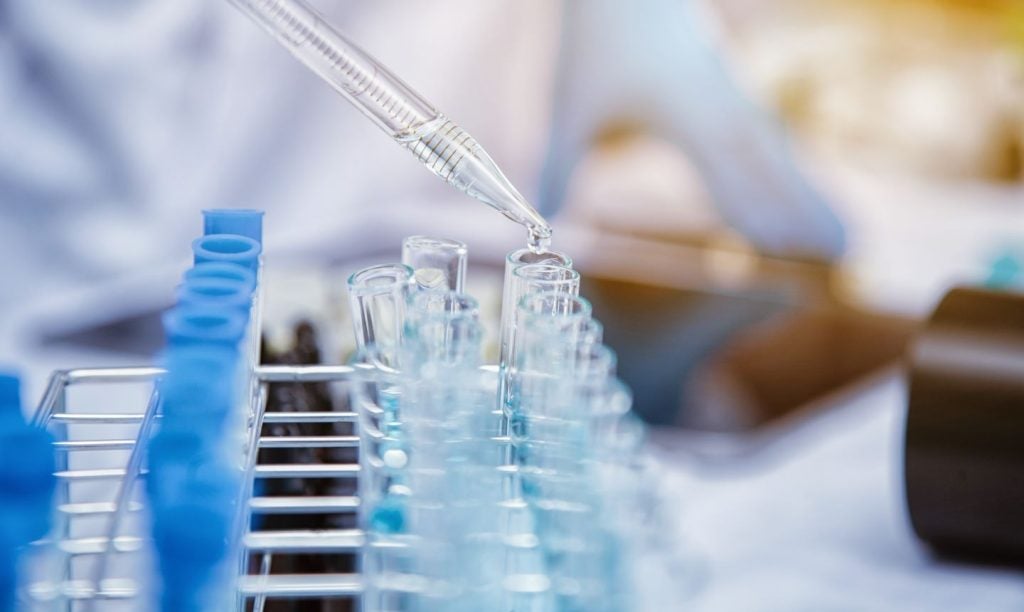Palatin Technologies has released Phase III MELODY-1 trial results for its dry eye therapy, PL9643. The drug failed to meet co-primary and secondary endpoints.
Palatin was quick to add that the demographics were ‘skewed’ in the trial, with 60% of the 575-participant population aged over 60 years and 68% being female.
Following the news, US-listed Palatin’s stock was down by 38% at market close on 28 February, compared to market close on the previous day. The company’s market cap stands at $39.5m.
The vehicle-controlled Phase III MELODY-1 trial (NCT05201170) evaluated PL9643 in 575 patients with dry eye over 12 weeks. The study had two co-primary endpoints of pain - a clinical symptom of dry eye, and conjunctival lissamine green staining, a clinical sign of the disease.
After ‘adjusting’ the intent to treat analysis, PL9643 showed a statistically significant result for pain, one of the co-primary endpoints, and other secondary symptom endpoints, compared to the placebo vehicle. The therapy did not show any statistically significant results for either the co-primary sign or secondary sign endpoints.
The drug was well tolerated, with 5.6% and 6.3% of the participants reporting treatment-related adverse events in the PL9643 and vehicle arms, respectively. A total of 7% of participants in the treatment group discontinued the trial, compared to 11.1% in the vehicle arm.
The company plans to meet with the US Food and Drug Administration (FDA) to discuss trial design for the next pivotal Phase III trial for PL9643. Palatin is also looking for a partnership to develop its dry eye disease programme.
There are multiple therapies in development for dry eye disease. The dry eye disease market is forecast to generate $11.1bn in sales across the seven major markets in 2028, as per GlobalData analysis.
GlobalData is the parent company of Clinical Trials Arena.
Last month, Alcon’s dry eye disease drug AR-15512 achieved primary endpoints in two Phase III trials, COMET-2 and COMET-3. The studies met their primary endpoints with a significant proportion of the patients in the treatment arm demonstrating at least a 10mm increase in unanaesthetised Schirmer’s score at day 14. An increase of 10mm or more in Schirmer’s score signifies normal tear production. The company plans to file for regulatory approval with the US FDA in mid-2024.
Aldeyra Therapeutics, however, suffered a setback for its dry eye therapy, reproxalap. In November 2023, the FDA issued a complete response letter to the company requesting additional clinical data.
















